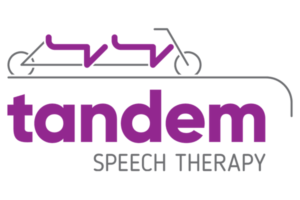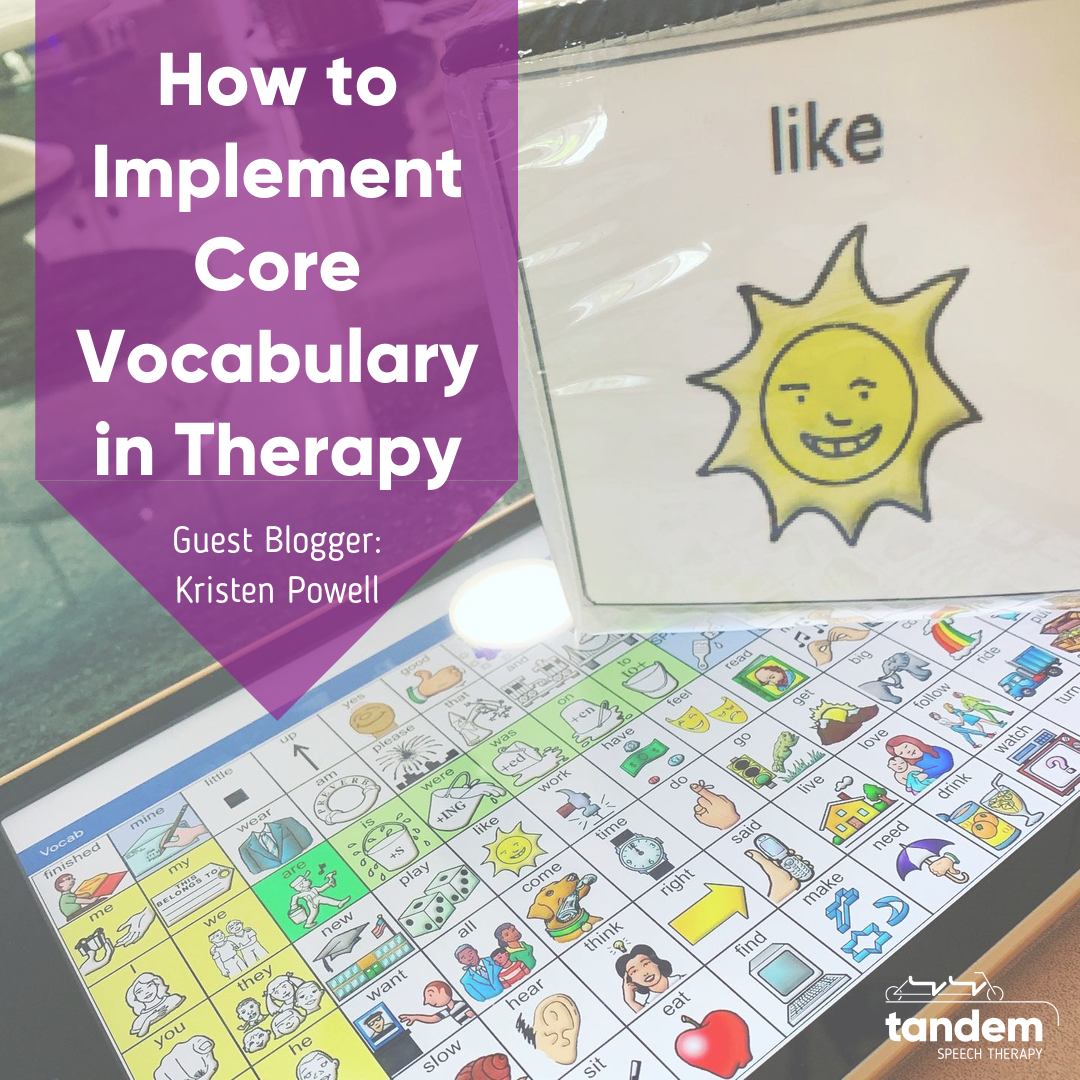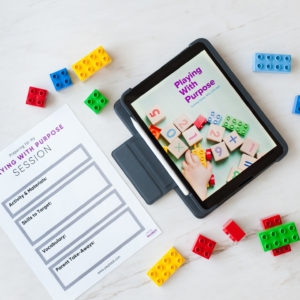Core vocabulary has been a hot topic in Augmentative and Alternative Communication (AAC) recently. When I first began my career in 2006, I had never even heard the words core vocabulary. Nowadays, if you’re talking to someone about AAC the words core vocabulary are likely to come up. Yes, most of us know what core vocabulary is but implementing it is another story! This blog post will explain what core vocabulary is, how to determine what vocabulary to target, why core and fringe vocabulary are important, and how you as a clinician can incorporate it into your therapy sessions.
Core vocabulary is defined as a small set of simple words, in any language, that is used frequently and across contexts (Cross, Baker, Klotz & Badman, 1997). Core vocabulary makes up about 80% of the words we use throughout the day. Type/token studies show that about 350 most frequent words in a person’s speech account for 80% of the actual words spoken. This is true across age groups, educational levels, and socio-economic levels. Fringe vocabulary mostly consists of nouns and is very meaningful to the AAC user. This includes favorite things, people, and personal information. Research studies have shown that AAC users need to have 100-150 exposures to a word before they start using it independently. Let’s think about that for a minute. As a speech-language pathologist, I see my students anywhere from 30-90 minutes a week. Special education teachers have approximately 1500 minutes a week with students. Knowing that AAC users need multiple exposures to a word before they use it independently, it only makes sense that I want to get my special education teachers and caregivers involved in core vocabulary implementation.
Core vocabulary is flexible and can be used in a variety of ways. This is what makes it so powerful! For example, if I teach the word GO, it can be used to direct others (YOU GO), Request (I WANT GO), Protest (DON’T WANT GO). I just covered three language functions by teaching one word.
In my experience as a clinician, I have seen a ton of vocabulary growth in my students when I team up with my special education teachers. This can be done by using a Core Word of the Week or Core Word (s) of the Month approach. For more information on this, please check out this article Core Word of the Week from the Center for AAC & Autism. This type of plan has worked well for several reasons: 1) the students are getting multiple exposures to the core vocabulary words from their teacher and me, and 2) The students get to use these newly learned words in a variety of environments. Repetition is key! Our goal should be to teach our students core vocabulary in multiple contexts so that they can produce spontaneous novel utterance generation (S.N.U.G).
Here are a few easy steps to implement core vocabulary.
Pick your Core Words:
At the beginning of the year, I ask my special education teachers to provide me their lesson plans for the month (or even the year). We collaborate and look at the themes and the stories they will be reading for Language Arts, Science, and Social Studies. We take that information and determine what core vocabulary words we want to focus on for each theme. Once we have our core vocabulary selected, I then find a book that will target those words and is related to the theme that I will use during my speech therapy session. Here are a few lists for core vocabulary words to target.
- Dynamic Learning Maps (DLM) Core Vocabulary DLM Core Vocabulary List
- Banajee, et al (2003) http://www.minspeak.com/documents/1-BanajeeList.pdf
- Marvin et. al (1994) via Minspeak http://www.minspeak.com/documents/2-MarvinList.pdf
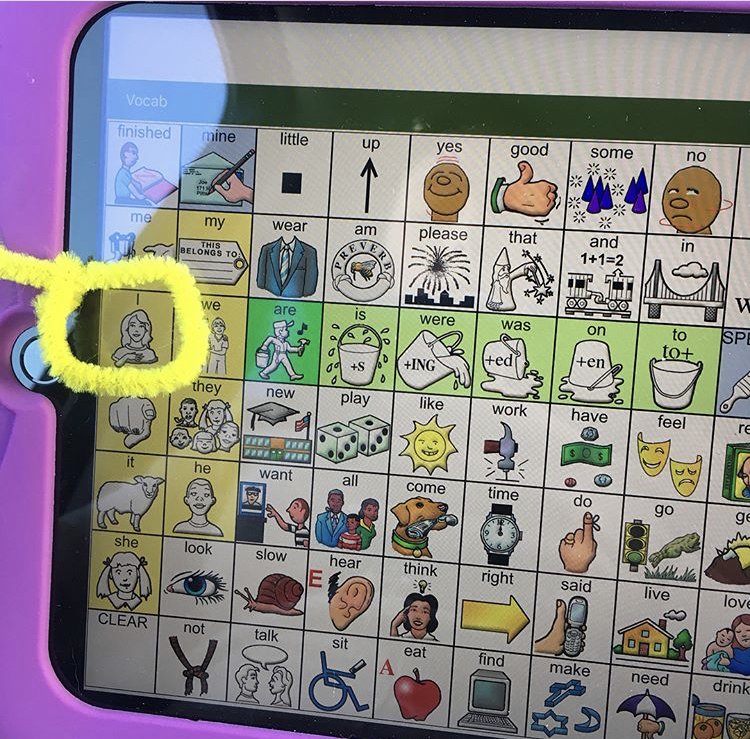
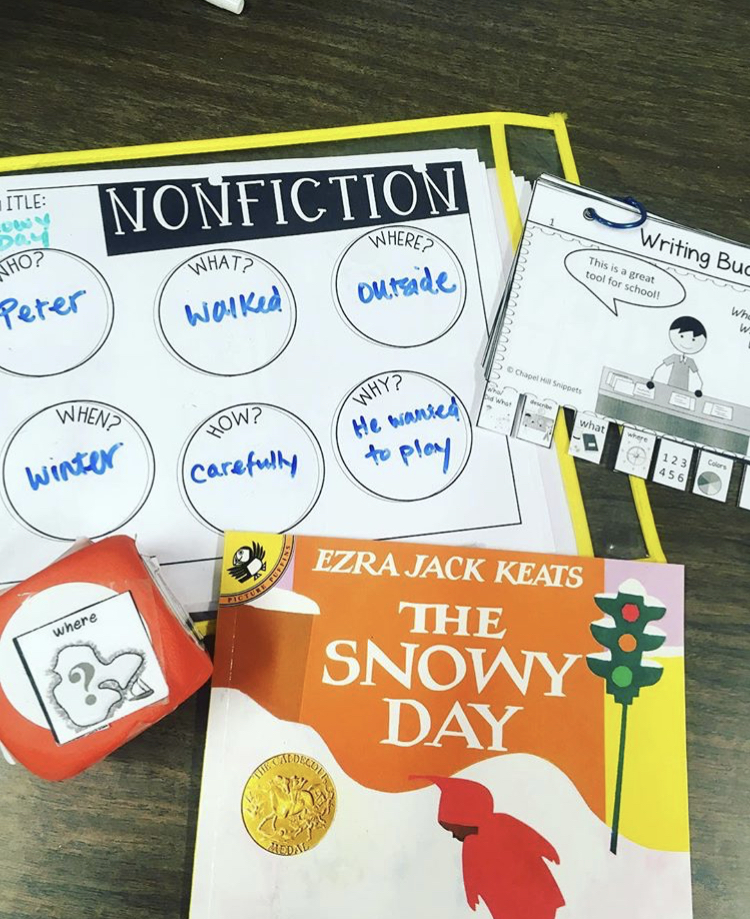
Choose a Book
My first session with the students may just be reading the story to them and modeling without expectation. In my next session we will read the story together, model on the device, and have them answer some questions and participate using their AAC. Remember to ask open-ended questions and acknowledge all communicative attempts by the AAC user. One resource I love to use is book companions.
Choose an Activity
For many of our students with complex communication needs, they learn best by having multiple sensory inputs. Get them up and moving if possible. When thinking of an activity, you want to ask yourself, does this promote social interaction and does this activity have shared focus? If you want to make something memorable, create engaging sensory experiences.
For Halloween last year, I made spaghetti and added some red food coloring to it, to make it look extra disgusting. I added some Halloween manipulatives and had the students use their hands to find the manipulatives. There was lots of use of our core words (e.g., That’s gross, Yuck, and Disgusting). The best part was that the students were having fun and communicating without me having to prompt them all the time.
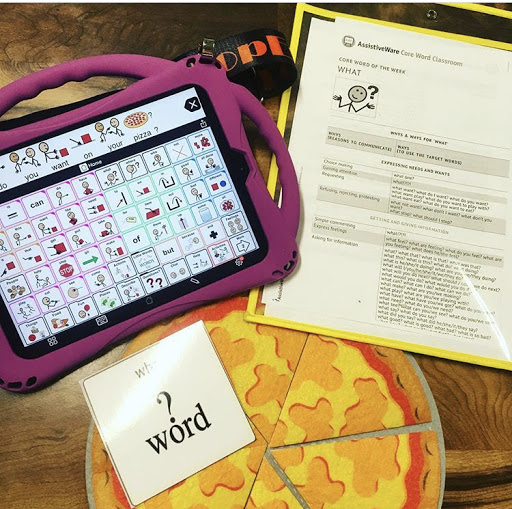
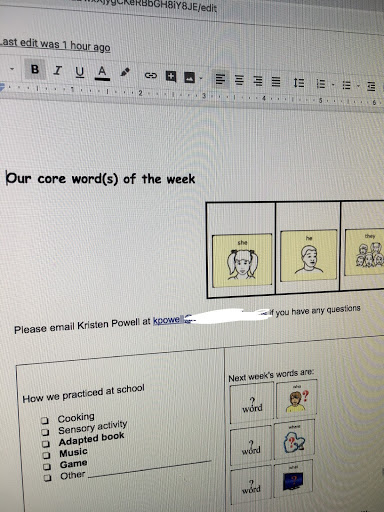
Follow Up Activities at Home
This by far is one of the most important steps to implementation success. At the end of the week, I send home what activities we did and how caregivers can use our word of the week at home. I also include what our word of the week will be next week. Caregivers feel included and encouraged to try activities at home and our AAC users are getting more opportunities to practice.
Remember to make it fun and engaging for you and your students. When language is naturally occurring, that’s when we see the magic happen. I’ve included my resource of core vocabulary for the year as a guide for you. I hope it helps with your implementation of core vocabulary.
Kristen Powell is an ASHA-certified speech-language pathologist for a small school district in southern California where she also runs her own private practice, Creative Communication. She received her master’s degree from Northern Arizona University in 2009 and Assistive Technology certificate from California State University, Northridge in 2011, and a High Incidence Assistive Technology certificate from the Diagnostic Center of Southern California in 2012. You can follow Kristen on Instagram (@thedailydoseofspeech). Kristen can also be reached via email at thedailydoseofspeech@gmail.com.
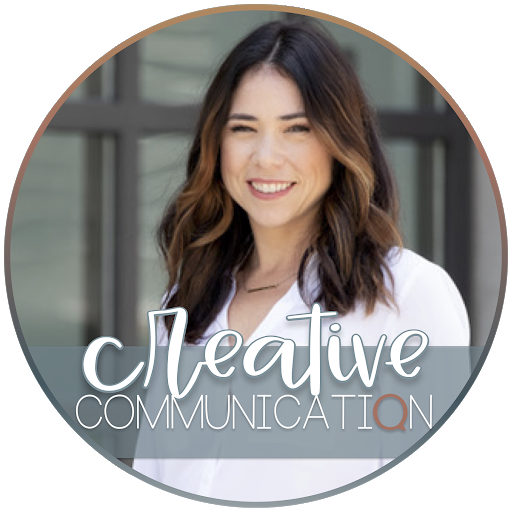
References:
The Center for AAC & Autism, Core Word of the Week
Ro, Jennifer & Thomsen, Amy, Communication Peeled and Cored for the Classroom
Sharkey, Tricia, AAC Implementation: Teaching, Modeling, and Core Language
Praactical AAC, AAC Vocabulary Lists.
Did you know you can incorporate core vocabulary with play?!
Start Playing With Purpose
Learn how to purposefully and intentionally interact with your child during play and help them increase opportunities for speech and language development with our Playing with Purpose book!
